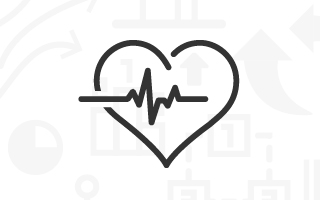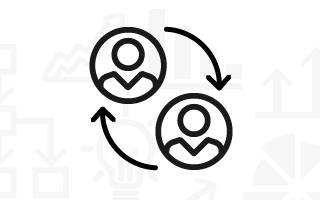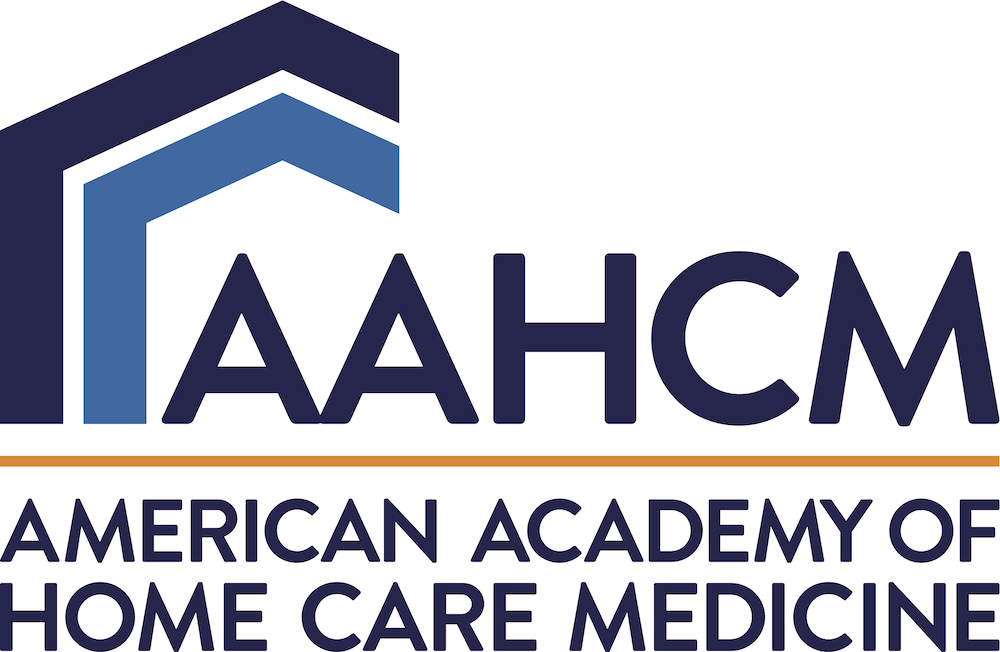
Frequently Asked Questions about Home-Based Primary Care
Is the practice of physicians making house calls growing?
Home care medicine is one of the fastest growing professions in health care. For more than 30 years, the American Academy of Home Care Medicine has been training physicians and other professionals to provide healthcare services in patients’ homes. HBPC professionals provide desperately needed primary/palliative/urgent care and social services to more than 100,000 high-risk homebound patients each year.
Can providing primary care in peoples’ homes save money?
By providing appropriate care to high-risk, medically vulnerable patients, HBPC shifts the use of healthcare services from high-cost emergency and inpatient care to community-based primary and palliative care. By staying in touch with patients and monitoring and managing their conditions, HBPC professionals also can intervene when needed to prevent many chronic conditions, such as heart and lung disease, from getting worse. All studies of HBPC programs demonstrate significant cost savings.
Who benefits from home-based primary care?
An estimated two million frail, seriously ill and vulnerable adults are unable to visit physicians’ offices. These patients typically have complex problems and two or more chronic conditions. They have been called the “invisible homebound” because many of them go unrecognized and underserved, even though they account for about half of the costliest five percent of patients to the healthcare system.
What are the differences between home-based primary care and home health care?
Home-based primary care is different from home health agencies that typically provide part-time or intermittent skilled nursing care or home health aides (such as wound care or IVs), physical/occupational therapy, speech-language pathology or medical social services. HBPC provides comprehensive primary, urgent and palliative care, which for some patients will include the services of home health agencies.
Would patients being cared for by disease management programs benefit from home-based primary care?
The two care models are completely different. Disease management programs are limited to services that educate and empower individuals to better manage their chronic diseases and to maintain and improve quality of life. HBPC not only helps facilitate chronic disease management, but its teams of interdisciplinary professionals collaborate in providing a wide variety of other proactive, patient-centric and preventive services in the home, as needed.
Is it easy to identify appropriate patients for home-based primary care?
HBPC professionals have decades of experience working with health systems, health plans and other partners in identifying high-risk, high-cost homebound patients and determining the appropriate mix of services and professionals (physicians, nurses, hospice programs, social service agencies, etc.) to meet their needs. The HBPC program also must have the systems and processes in place to deliver and manage continuity of care across all settings.
How does home-based primary care go beyond the level of care that utilizes new technology?
New technologies complement and support HBPC by making it easier and more cost-effective to monitor and communicate with patients. But technology will never replace the benefits that come from personal relationships with compassionate caregivers. HBPC programs epitomize patient-centric care, which the Institute of Medicine defines as “providing care that is respectful of, and responsive to, individual patient preferences, needs and values, and ensuring that patient values guide all clinical decisions.”
Are there enough providers to offer HBPC to all in need?
Progress is being made in establishing a well-trained workforce to meet the growing need. About 5,000 providers made 1.7 million home visits to Medicare beneficiaries in 2013 (Health Affairs). Organizations such as AAHCM and the Home Centered Care Institute (HCCI) are recruiting and training more HBPC professionals every year. Creating a rewarding team experience, and building a competitive compensation and lifestyle model for the workforce is paramount to attracting dedicated professionals.
Are physicians necessary for HBPC?
Yes, as part of a team. The patients who receive HBPC are very ill, have high rates of hospital use, and a high mortality. The care team needs physician expertise for serious and complex medical issues and/or hospital level care. NPs and PAs can serve as HBPC primary care providers as well, ideally in a partnership with a physician. In rural or exurban areas, where physicians are more rare, HBPC teams may need to rely on telehealth consults to doctors and greater use of NP/PA professionals. All HBPC providers develop special skills in the care of seriously ill and disabled patients.
Do physicians and programs have the infrastructure and capacity to provide interdisciplinary and value-driven care aligned with payers’ needs?
HBPC is an evolving profession, but all participants recognize the need for collaborative teamwork among various healthcare professionals and are building care models to provide a full array of services customized to their patient populations. HBPC programs are adapting different contracting models, including risk-sharing agreements, to appeal to payers in today’s value-based healthcare environment. Studies of all types of HBPC program models consistently show that HBPC significantly reduces costs while improving patient satisfaction.
Is HBPC scalable and adaptable for different geographic locations and populations?
HBPC can work anywhere for any high-risk, medically vulnerable homebound adult. Some HBPC professionals will drive more than a hundred miles to visit patients in rural America while others take the subway for house calls in the boroughs of New York City. Mobile medical technologies, telehealth capabilities and EMTs make HBPC even more feasible and scalable.
How easy is it to arrange contracts for all of the various HBPC providers?
HBPC programs customize contractual agreements to suit the needs of payers. Many are transitioning from fee-for-service to bundled services or pre-payment or capitation type payment models, all of which provide multidisciplinary HBPC, including urgent care, on a fixed price basis. HBPC programs also work closely with payers to develop models to calculate their expected costs.
Does HBPC have a role in population health management?
HBPC is critically important to population health management because it has a positive effect on the health outcomes of a growing number of high-risk older adults who are unable to visit physicians’ offices. The In-home visits provide unique opportunities to gain insights into the patterns of health determinants for seriously ill patients, which can used to guide policies and intervention strategies for other patients.
Are non-HBPC providers supportive of HBPC?
These frail, seriously ill and vulnerable adults (estimated at two million) are unable to visit physicians’ offices. Therefore, these patients are not those leaving a non-HBPC practice to receive care at home – they usually aren’t being seen in primary care providers’ offices in the first place. They have been called the “invisible homebound”— many of them go unrecognized and underserved, even though they account for about half of the costliest five percent of patients to the healthcare system.
To contact AAHCM for more information, please reach out to Brent Feorene. For media inquiries, please contact Kathleen Hertzog.
 |
 |
 |
|
Learn more about the service and why implementing it is the right choice for this patient population.
|
Download this evidence-based resource to help you establish a need case for your program.
|
Who benefits from HBPC? Are there enough providers? Is HBPC scalable and adaptable? Find out the answers to these questions and more.
|
 |
 |
 |
|
HBPC programs aren't just good for your bottom line, they create better community-based solutions for chronically ill patients.
|
HBPC improves quality of life for patients and their families, but it has significant financial impact as well.
|
Hear from people benefiting from and delivering HBPC solutions in this video testimonial.
|
|







